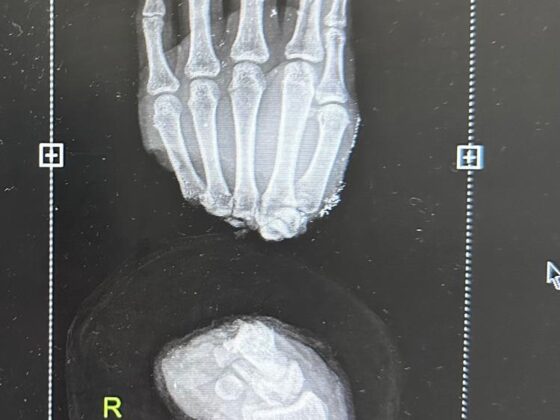The nuisance of strawberry legs is an all too familiar skin issue for many of us. It’s critical to pin down the culprits behind this condition for its effective control and treatment. This discussion will delve into five less-than-obvious factors that might be intensifying your strawberry legs.
Excessive Use of Hair Removal Cream
The top on the list of triggers for strawberry legs is frequent hair removal. Methods like shaving, waxing, or depilatories could annoy the hair follicles, causing inflammation which results in noticeable dark spots. It’s vital to embrace gentler methods of hair removal and steer clear of excessive exfoliation to keep this problem at bay.
Skin Dryness And Strawberry Legs
Having dry skin paves the way for the onset of strawberry legs. Skin that’s robbed of adequate hydration is more susceptible to irritation, thus worsening the dark patches on the legs. Regular application of a hydrating lotion or cream can improve the texture of your skin and lessen the incidence of strawberry legs.
Rare Skin Disorder – Folliculitis
Folliculitis, a skin disorder marked by inflamed hair follicles, can be one of the hidden culprits of strawberry legs. The condition could be a consequence of bacterial or fungal infections or even friction from constricting clothes or shaving. Preventing folliculitis and the subsequent risk of strawberry legs is easier with good hygiene practices such as keeping the skin clean and opting for breathable clothing.
Keratosis Pilaris And Strawberry Legs
Keratosis pilaris is a skin issue which causes small, hard bumps, usually on arms, thighs, and buttocks. At times though, it may affect the legs, resembling the texture of a strawberry’s surface. Managing keratosis pilaris through mild exfoliation and proper moisturization can enhance the look of your skin and lessen the chance of developing strawberry legs.
What Needs To Be Done To Tackle Strawberry Legs?
To tackle strawberry legs, a combination of preventive steps and treatment modalities is crucial. Proper shaving techniques include using a sharp razor and shaving along hair growth, mitigating irritation and ingrown hairs. Hydrating the skin and regular exfoliation can stop dead skin cells from accumulating and blocking pores.
It’s advised to consult a medical professional for persistent strawberry leg conditions, as they could recommend specific treatments such as laser therapy or chemical peels for hyperpigmentation and inflammation. Recognizing the causes of strawberry legs and adopting proactive skincare measures, individuals can effective manage this widespread skin condition and secure smoother, healthier legs.











